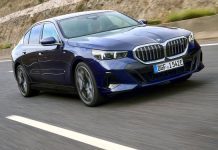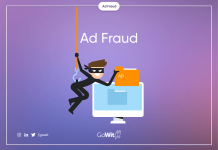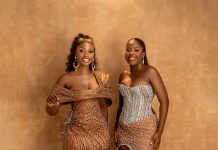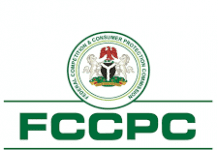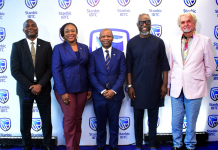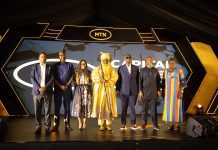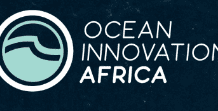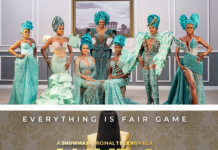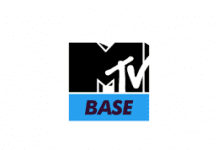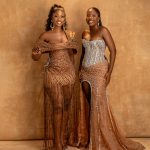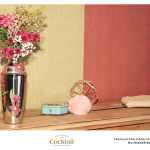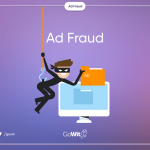GODDIE OFOSE
Charles O’Tudor, Principal Consultant, ADSTRAT, brand management consultants has revealed the branding trends 2021 latest predictions that would redefine business environment in Nigeria to include logo adaptability, blandified branding, nostalgic brand marketing, branded visual content, social media branding, official hashtags, online communities and brand authenticity.
He said other trends to watch out for this year are brand inclusivity, sustainable branding initiatives, socially responsible branding, humanized brand personal, technology-based strategy, customer-driven branding, micro-influencer partnership, going phigital, and anti-ad advertising takeaways.
In a statement released to Sunday Independent this week, O’Tudor said, “Companies have to be everywhere if they want to be noticed. That is to say, it is no longer enough to just have a physical store that you promote online and through advertisements.”
“If you want to thrive in the digital age, you will need to have a website and be present on several social networking platforms as well. Because of this trend, many companies are now choosing to create shape-shifting logo designs. This just means that your logos change in size, complexity, or color depending on what you are using it for. For example, you can have a master logo that you can use for your website and create a simpler icon for your Instagram account,” he said.
Speaking on blandified branding, O’Tudor explained that minimalism has taken the world by storm in recent years, with everybody moving to remove clutter from their day-to-day lives. It seems the movement has caught up even in the business industry as many companies started stripping down their branding to the simplest possible form.
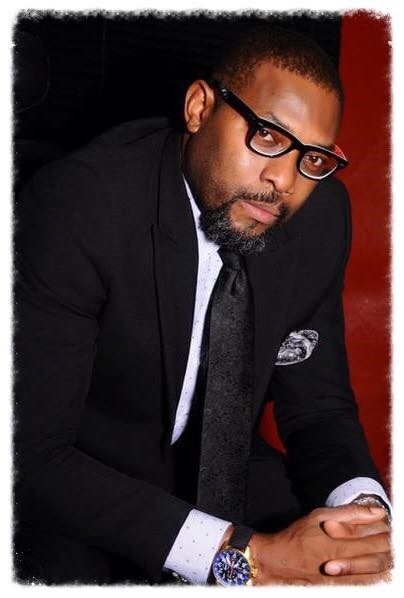

For example, both Google and Airbnb recently had facelifts that changed their logos to sans-serif, a popular typeface for Minimalism. The same can be observed for big fashion labels such as Balmain, Yves Saint Laurent, and Balenciaga.
Other brands are following suit as well by opting for fewer colors, using more negative space, and leveraging simpler typography. In fact, 95 per cent of top companies now use two colors for their branding. Minimalism aside, another reason why many brands are choosing to go bland is because it gives them a better shot at becoming iconic.
On nostalgic brand marketing, trends have been a focal point in the digital age. People have their eyes glued on their social media accounts for the latest technology, gadget, fashion design, and trends in various industries. However, this culture of “keeping up with the Joneses” can be frustrating and tiring for a lot of consumers.
According to the principal consultant of ADSTRA, “This is why blasts from the past now play a more meaningful role in branding. Many relish the past and wish to recapture the feeling of how things used to be. By using nostalgic brand marketing, you can invoke these old memories and attach positive feelings to your products and services. Therefore, you can improve the chances of boosting customer trust and brand recall. This is backed by a 2017 Nielsen study that revealed advertising aligned with emotions yields better results.”
Branded visual content humans are visual creatures; he said adding that “We are naturally better at retaining images than any other form of content. However, from a brand marketing perspective, this doesn’t mean all types of visual content can elicit the same response from your target market.”
According to HubSpot, branded images can yield 67per cent more attention than advertisements and other promotional content. This can be attributed to the fact that this type of visual content aims to promote your brand without the risk of over advertising. In addition, this type of content allows you to generate new leads more effectively on social media.
“With all sorts of content circulating on these networks, GIFs, charts, infographics, videos, and other substantial visual content have a better shot at being noticed compared to ads that simply lay out what products you have to offer. This is important especially now that Facebook recently changed its algorithm to focus news feeds on friends and family instead of ads
“.As a result, you’ll see that many B2C marketers now focus on creating videos and webinars. Of course, before you leverage this strategy, be sure to create visuals that reflect the aesthetic of your brand. For example, if it’s an infographic, use your official font style or decorate it using your color scheme. If it’s a video, add your logo to the bottom corner of the video. This way, customers know that you produced the content. This allows you to subtly advertise your brand,” HubSpot stated.
For Micro-Influencer Partnerships, according to a TEDx Talk by Rachel David, influencers play a big part in modern brand marketing strategies. If you can get the right influencer, you no longer have to worry about reaching audiences that are interested in your niche.
“These people have already established themselves as an authority in their field and have an army of followers and engaged audiences. The gaming industry perhaps utilizes influencer partnerships the most thanks to its large market share in the video streaming space, said O’Tudor.
The second most-subscribed YouTuber, Felix Kjellberg aka “PewDiePie” performed a simple 11-minute let’s play video of Vainglory by Super Evil Megacorp in 2015 with his fans. The video amassed 2.2 million views to date.
Similarly, Electronic Arts’ published game Apex Legend sponsored a real-life battle royale tournament with a $200,000 prize pool at stake. It starred 39 YouTubers with subscriber counts that ranged from a million to 11 million. With results like these, it comes as no surprise that 79per cent of brand managers have invested in influencer marketing over the past year while 22per cent have planned to utilize it for the first time.
Explaining the anti-Ad advertising, O’Tudor stated that overt advertising has long been considered a nuisance by consumers. In fact, roughly 9 in 10 shoppers find ads more intrusive today than a few years ago.


He said, “More often than not, ads are seen as clutter in their social media feed and distractions during their day-to-day commute. As a result, many consumers simply ignore the advertisements that they see. To cope with this issue, several brands have resorted to leveraging anti-ad advertising. This allows them to capture the attention of customers by essentially doing the exact opposite of promoting their brand. For example, the dating app Hinge advertised that their app is meant to be deleted.”
According to them, the application is a surefire way to help you meet the love of your life. So, you’ll end up removing it from your phone anyway. A more recent instance of an anti-ad ad—and a more ambitious example of one—is the Doritos “Another Level” campaign.





